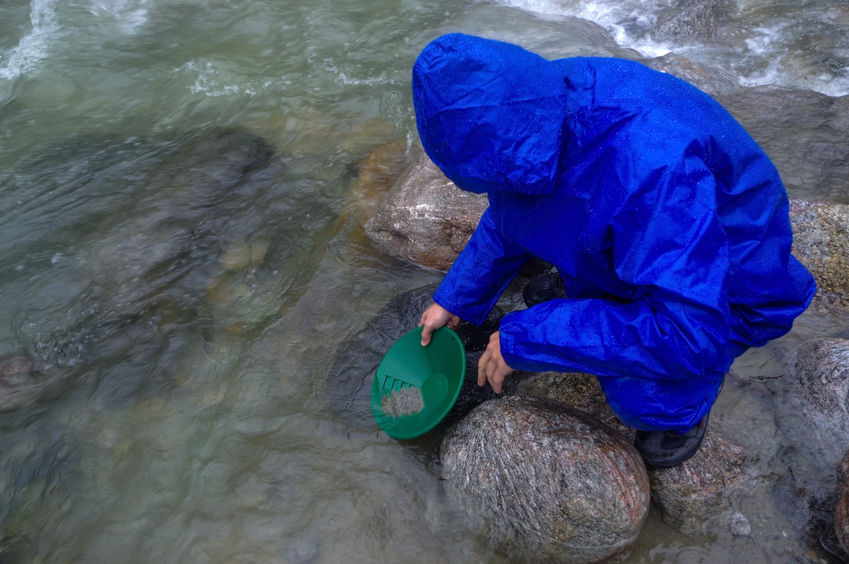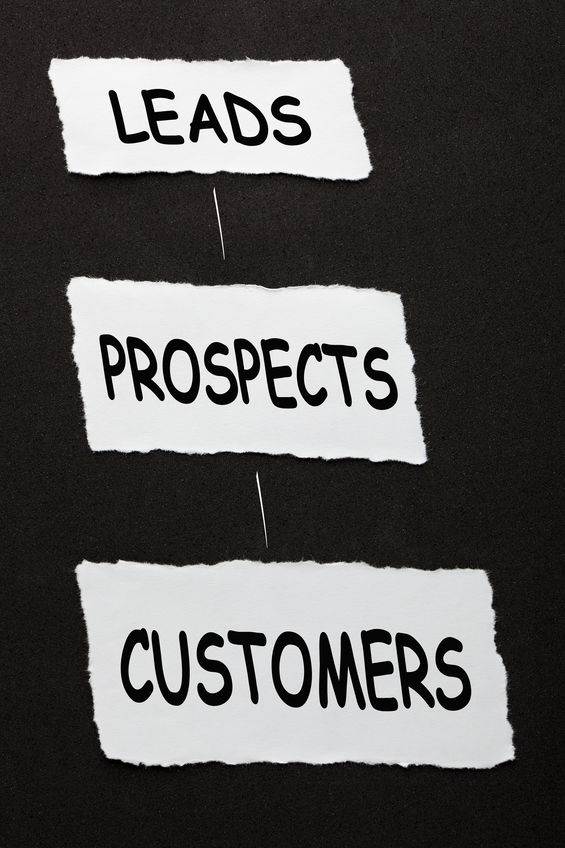
Since the onset of the pandemic, social media use has surged significantly. In particular, LinkedIn has seen record growth in the past several months. Originally launched as an online job and career board in 2003, the platform has transformed into a rich social network. Today, professionals around the world connect about careers, company and industry-related activity, and to have productive discussions with their networks. In a time where face-to-face interactions have moved almost entirely online, it’s no surprise our use of social networking for business has increased.
As the world’s largest professional network with more than 706 million users in more than 200 countries and territories around the globe, LinkedIn is an abundant resource for businesses looking for clients. If you haven’t already tapped into the platform’s potential, now is the time to explore LinkedIn’s database to find, connect and engage with leads. Here are 25 tips for effectively prospecting on LinkedIn.
Hone Your Profile
Your LinkedIn profile page is the foundation of your personal brand. Because you never get a second chance to make a first impression, it’s critical to create your profile in a way that ensures maximum impact. For example:
- Feature a profile banner image that reflects your company’s brand.
- Use a profile headline that showcases what your company accomplishes in addition to your role. It should be clear to a visitor what you do, who you serve and how you can help their business.
- Ensure your profile represents the most up-to-date personal information regarding your position, industry and special skills.
- Take advantage of the “featured” section of your profile to showcase important company information such as links to your company’s website, a list of services or recent content.
- Include previous relevant positions that demonstrate your expertise, but don’t overdo it. If you’re not looking for a new job, there’s no need to fill out your profile as if it was a resume. Focus on what you do now.
- Take advantage of the “skills” section to specifically demonstrate what you can accomplish for your clients and with what skill sets.
- Don’t be afraid to request endorsements from your network who can verify and strengthen your expertise.
- Ensure your company page has an equally complete and up-to-date profile with contact information and consistent content and news.
- Consider purchasing LinkedIn Premium. This allows you to view the individuals who look at your profile and reduces any limitations to on-site search or what content you can view on other profiles.
Build Connections Through Prospecting

Once your personal and company profile pages are optimized, it’s time to start searching for and building connections.
- Utilize company websites to discover leadership and contacts, then search for their company and personal profiles on LinkedIn.
- If you’re unable to locate the appropriate contact via the company website, use search engines to discover potential connections. Search is a powerful tool in the prospecting process.
- Discover additional connections within your target market through LinkedIn activity via groups, your newsfeed and shared network connections.
- Review your company’s followers to ensure you’re connected to the individuals interested in your shared content and business information.
- Before sending a connection request on LinkedIn, follow and review the individual’s company page for general business information and content. It’s vital to properly understand who the prospect is, why you’re connecting and what value you can provide.
- Reach out to potential leads with a connection request accompanied by a customized message that offers a short introduction that explains who you are and why you want to incorporate them into your network.
- If you’ve had any previous contact, let prospects know when and how you’ve connected in the past in your introductory note.
Engage with Prospects
Connecting with your prospect is just the beginning. The real work comes once the initial connection has been made and involves qualifying the prospect, demonstrating value and entering viable prospects into your sales funnel.
- If a prospect accepts your connection request, follow up with a thank-you note and short introduction of your firm.
- Provide a link to your website or LinkedIn company page so prospects know where to learn more.
- Invite connections to follow your company profile to receive updates about new content, service offerings and promotions.
- Follow your prospects’ shared content and, more importantly, engage. Read, like, share and comment. Relevant and meaningful comments go a long way in nurturing relationships.
- Review and interact with prospects when they comment on other content. You can view content your prospects have engaged within the “activity” section of their profile. This is a great way to start conversations, learn more about your prospects and even identify new prospects.
- Share relevant content via messages when you believe a prospect would benefit from your expertise and to start a conversation. Pay attention to what content your connection interacts with or posts to understand what is most relevant to them.
- Join, interact and comment within LinkedIn groups in your industry, but also within the industries of your target market. Variation is key.
- Share your company’s content to your personal newsfeed, but also in relevant groups to which you and your prospects belong.
- Use a CRM or other database technology to keep track of your interactions and assess when leads are warm and require outreach via phone or email to begin the conversion process.
One Cog in the Prospecting Machine

LinkedIn is rapidly proving its worth in the lead-generation and prospecting realm, but it’s important to understand LinkedIn is one part of a bigger process. It’s a great way to discover and build connections. LinkedIn content and interactions help you learn about your target markets, their needs and challenges. You can even begin the sales conversation on LinkedIn. However, in order to convert leads, it’s essential to incorporate other marketing and sales techniques. Most importantly, know when the conversation needs to exit the platform and shift to direct email or phone to properly address your prospects’ needs and guide them through the sales funnel.

